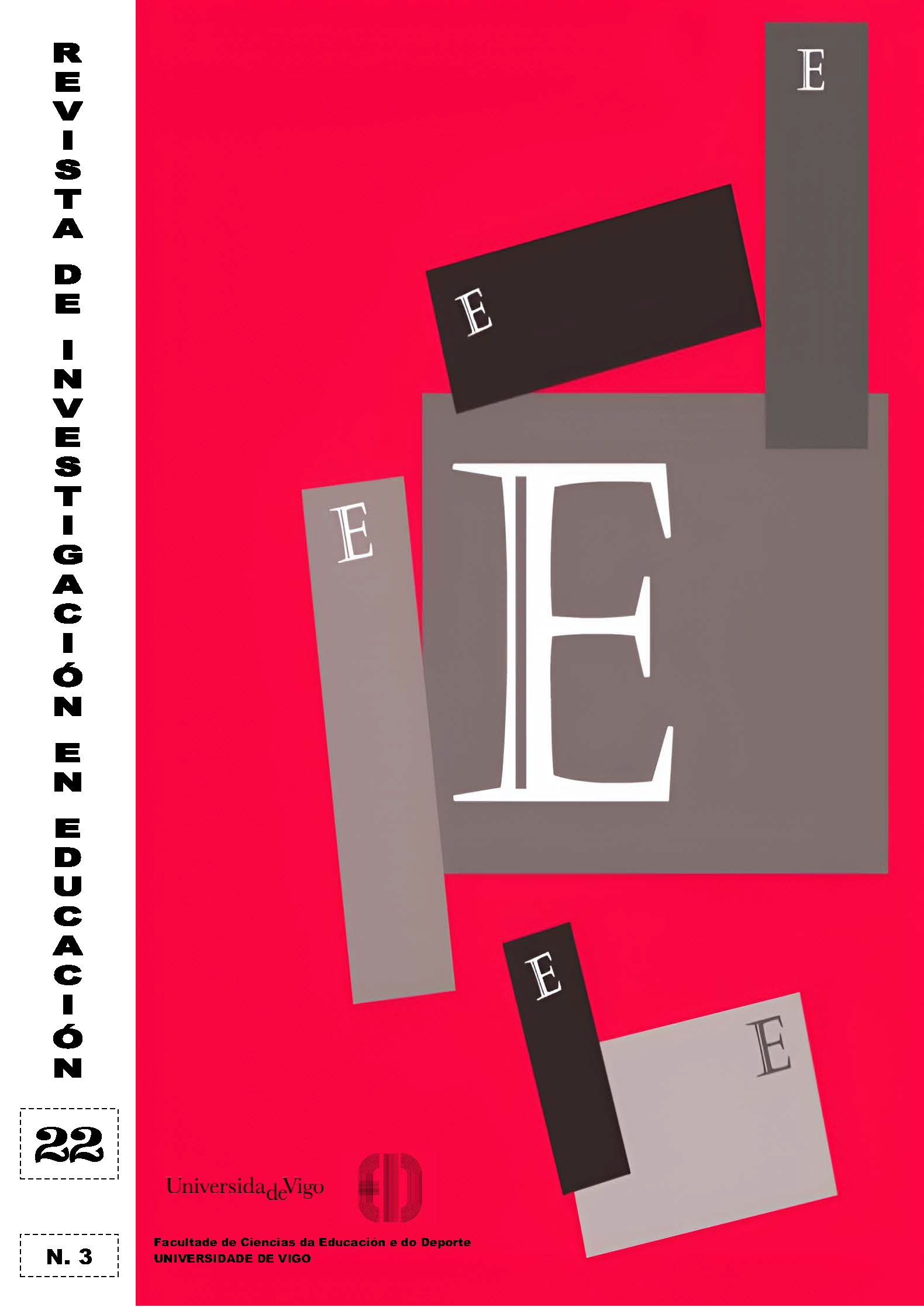Flow of Directional Predictors Between Emotional Intelligence, Institucional Climate and Teacher Performance
DOI:
https://doi.org/10.35869/reined.v22i3.5770Keywords:
Emotional Intelligence, Teaching Competences, Organizational Climate, Work Environment, Secondary EducationAbstract
In recent years, educational research has found correlations between emotional intelligence, work environment, and teaching competences without exploring their interrelations. This study investigates the relationships between emotional intelligence, institutional climate, and teaching performance in a secondary school in Arequipa, Peru, in 2021. Using a quantitative approach and a non-experimental cross-sectional descriptive-correlational design, 91 teachers (56% women), aged 33 to 65 (average age 47), were studied. Online questionnaires adapted from the Bar-On EQ-i Method and Martín were used to measure emotional intelligence and institutional climate, while school administrators evaluated teaching performance using a monitoring forms and classroom observation rubric. Data were analyzed in SPSS for descriptive analysis, bivariate correlations, and multiple regressions. A moderate positive bivariate correlation was found between emotional intelligence and teaching performance (Spearman’s Rho of 0,402) and between institutional climate and teaching performance (0,557). A low positive bivariate correlation was also found between emotional intelligence and institutional climate (0,213). The multiple correlation between the three variables showed a multiple linear regression coefficient R of 0,701 and 0,692, corroborated by ANOVA analysis with a sig. value of less than ,05.
Downloads
Downloads
Published
Issue
Section
License
Copyright (c) 2024 Revista de Investigación en Educación

This work is licensed under a Creative Commons Attribution-NonCommercial-NoDerivatives 4.0 International License.
The acceptance of the papers for publication, means that the printing and reproduction rights are owned by the journal. The conditions of use and reuse of content are those established in the Creative Commons CC BY-NC-ND 4.0 license.



